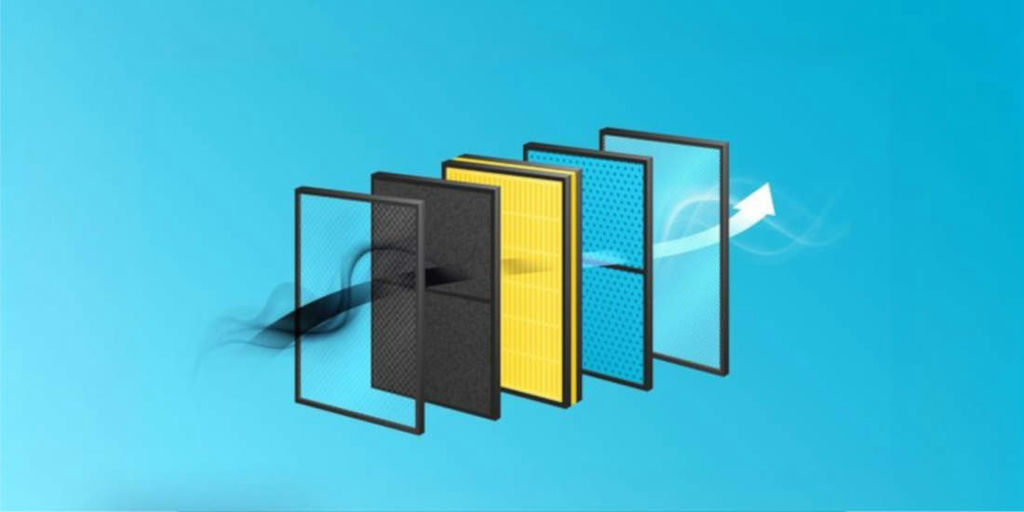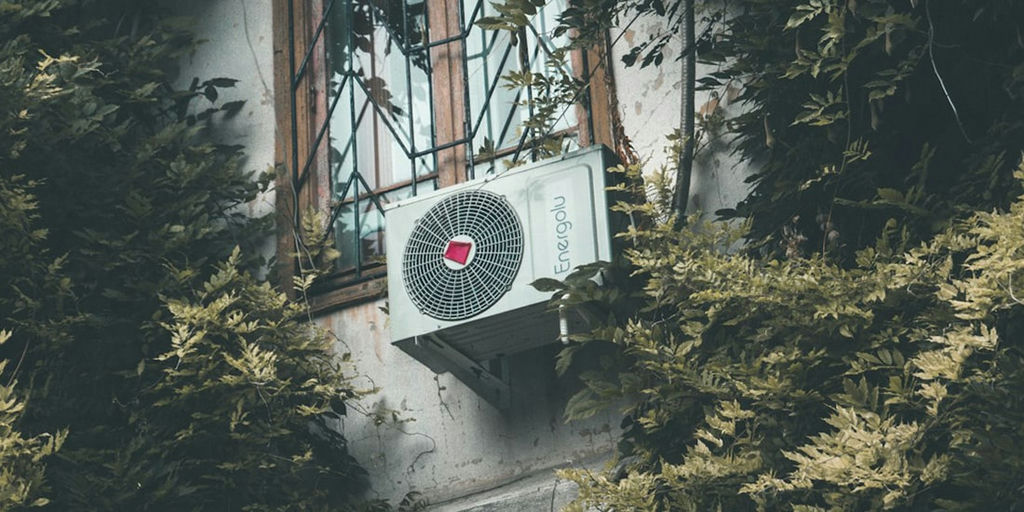Be ready to filter air
- Earth Points
- 1
- Ease
- Medium

Image by macrovector on Freepik
Description
Wildfires are becoming larger and more frequent, and indoor air quality is increasingly becoming an issue in many parts of the world, even without them. Hotter temperatures from burning oil, gas, and coal, increase ground-level ozone and extend the allergy season, to the detriment of our lungs and health.
All good reasons why you might need to purify the air in your home, shop, classroom, or office. Consider having air filter options ready to go if the need arises.
Tips
• Use an app or website to monitor air quality to know when you need to filter your air and avoid being outside. This is commonly integrated into many weather apps.
• The basic concept of air filtering is straightforward. Air is forced through a filter that catches particles from the air, so they do not end up in your lungs. There are a few different options when it comes to accomplishing this.
• Do you have a central home heating or cooling system that uses filters already? If you use high-quality filters, it can help clean the air while running. Filters are usually rated on their effectiveness. Look for MERV13 (or a higher number) or ePM1 (or a lower number) to clean fine particulates from the air.
• These higher-quality filters tend to be more expensive, but you can actually save money and waste by using a reusable one. Reusable filters last much longer, are easy to clean, and require less attention than disposable ones.
• If the air is especially bad outside, you can usually run the fan only for your system (no heating or cooling) to get air running through the filters. However, you should figure out how to set the system to recirculate mode and/or close the outdoor intake damper. You naturally do not want to bring in more dirty air.
• You can also look into purchasing a portable air filter with reusable filters to clean up the air in one room. Do a quick search online to explore options.
• Part of keeping your indoor air quality good is keeping the bad air out. Find out how well your home is sealed from the outside air and find solutions for gaps that are letting air in that you would rather keep out. This helps with your heating and cooling costs, too!
• If you are in a high-risk area, consider getting a particle respirator mask or an N95 respirator. This device fits tightly to your face and filters out 95% of particles. This can be helpful if you need to be outside for an extended time while air quality is bad.
• Want to create your own portable air filter? Consider creating something like this design.
• Are you still cooking with gas, propane, or other fossil fuels? Gas ovens and cooktops also create more indoor air pollution in the form of PM2.5 (one of the deadliest air pollutants), nitrogen oxides (NOx), and formaldehyde. Gas stoves are exposing tens of millions of people to levels of air pollution in their homes that would be illegal outdoors. Switch to electric cooking for an immediate improvement in your inside air!
• Naturally, if the air quality in your area is getting especially bad, then your air filtering system may not be able to keep up, and you will need to evacuate.
Additional Resources
- https://www.epa.gov/indoor-air-quality-iaq/wildfires-and-indoor-air-quality-iaq
- https://indoorchem.org/projects/homechem/
- https://homediagnosis.tv/homechem
- https://www.instructables.com/circuits/howto/home+air+filter/
- https://encycla.com/Corsi-Rosenthal_Cube
- https://www.afprofilters.com/expertises/iso-16890-norm-replacing-en779/
- https://indoor.lbl.gov/
